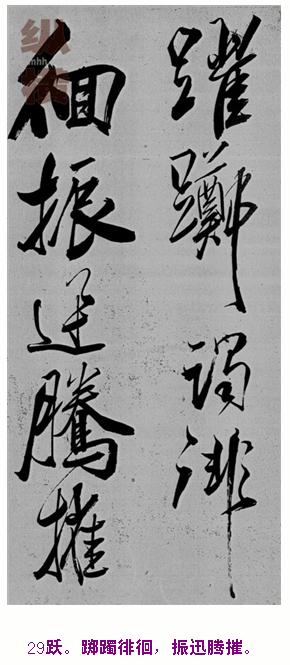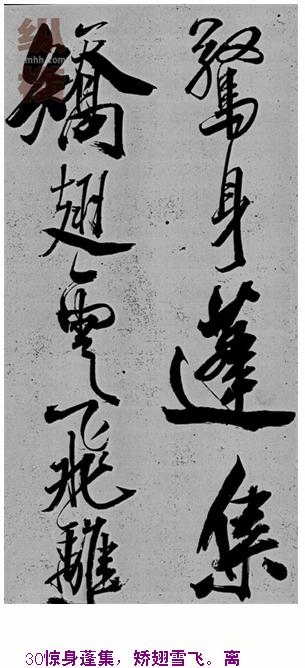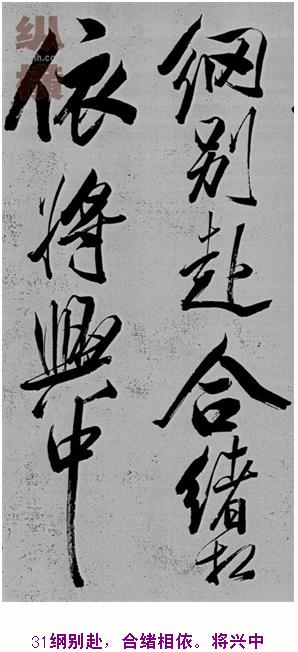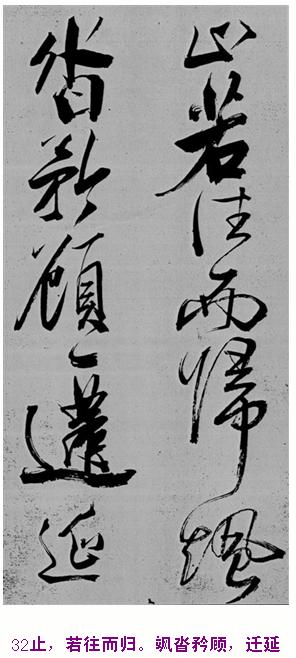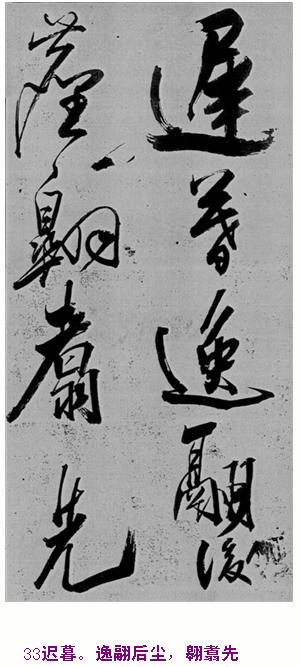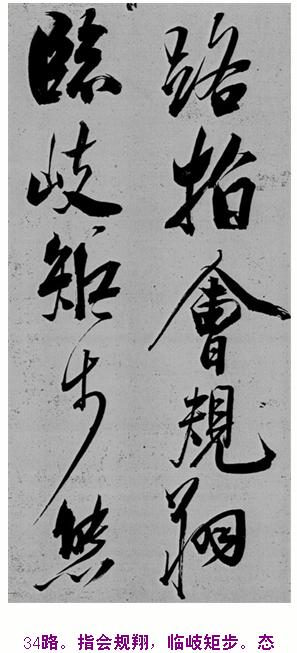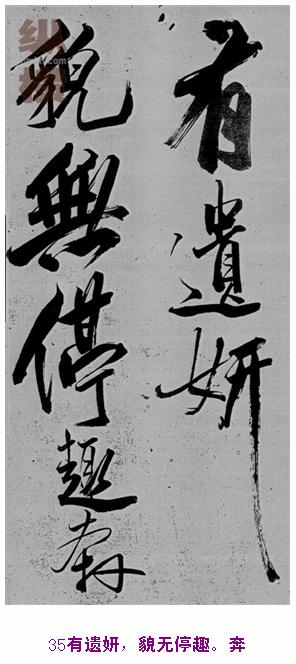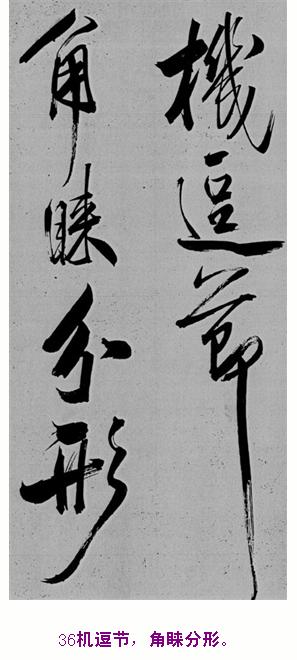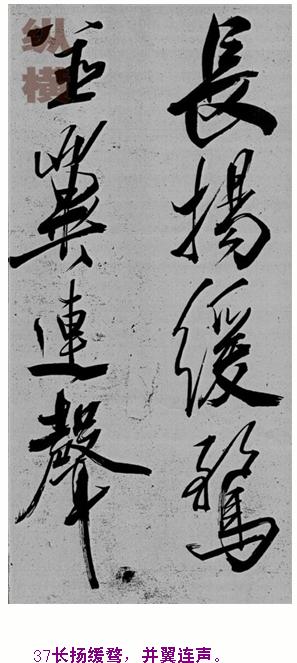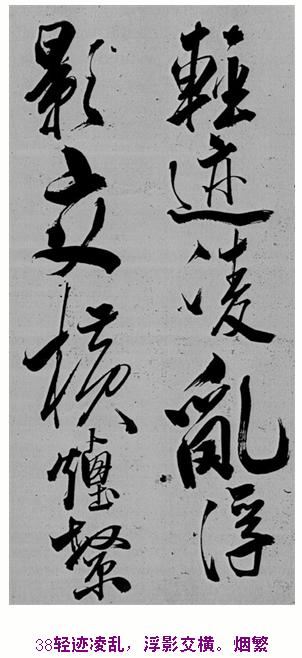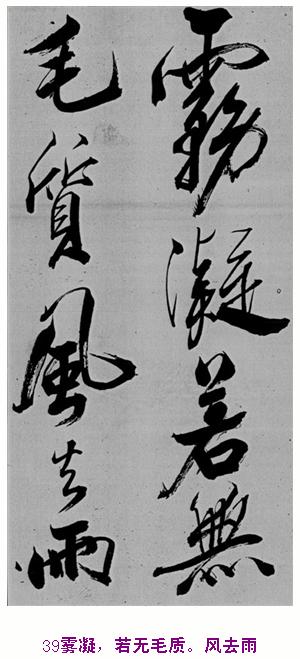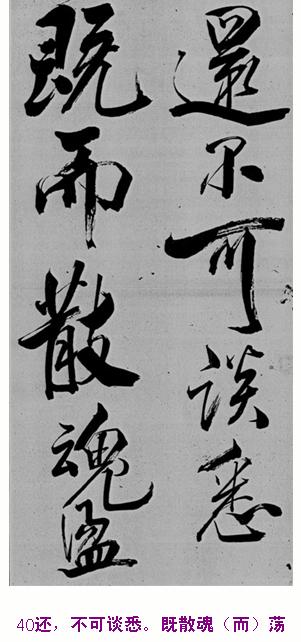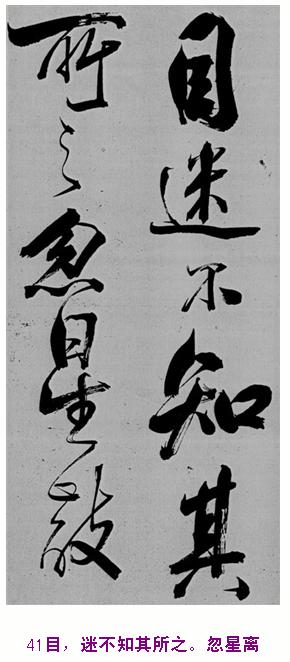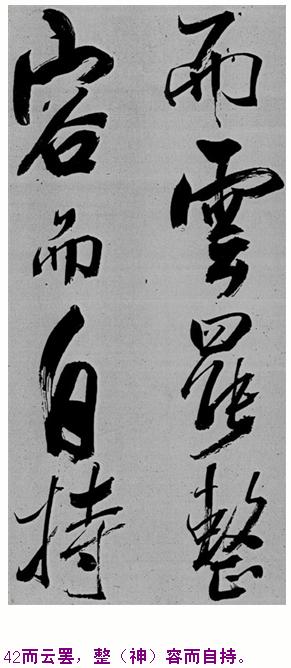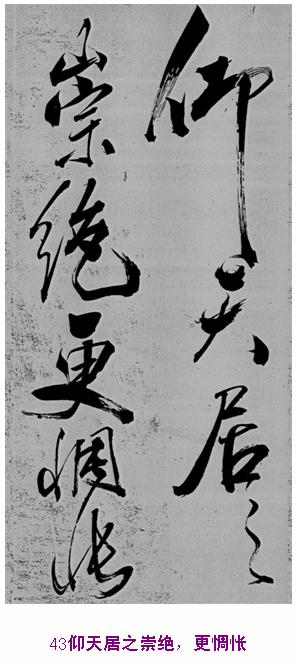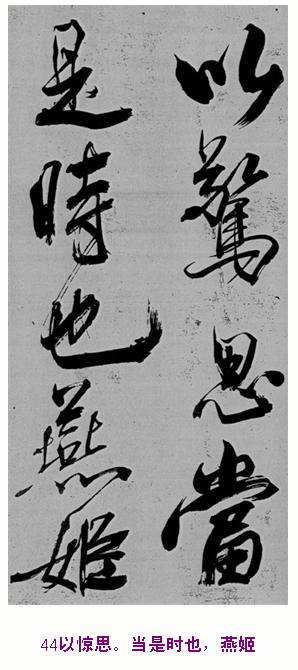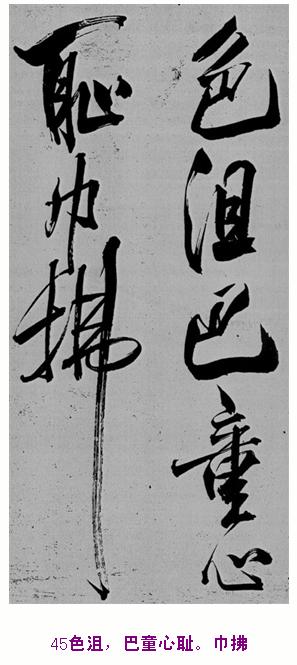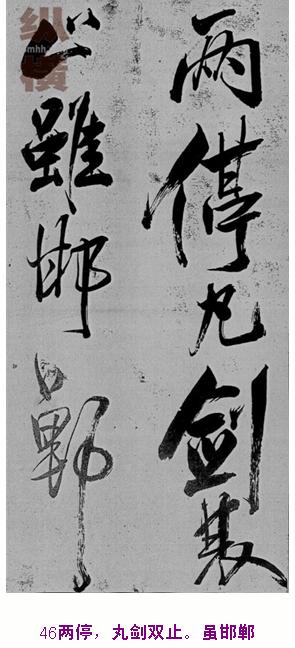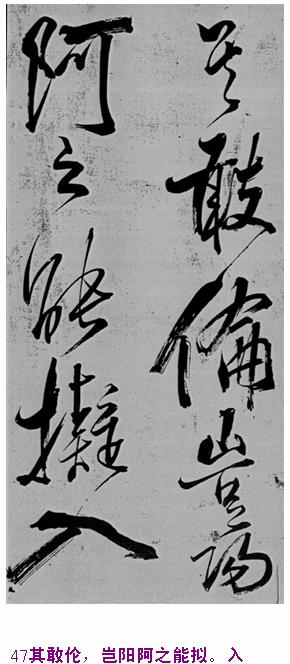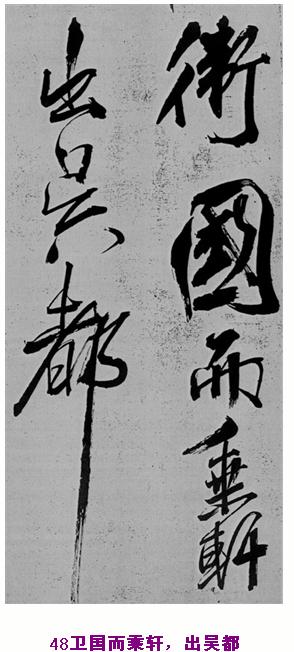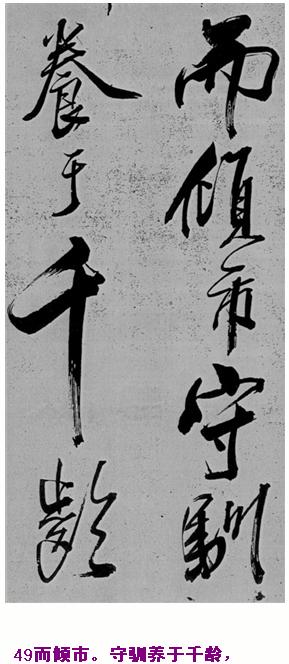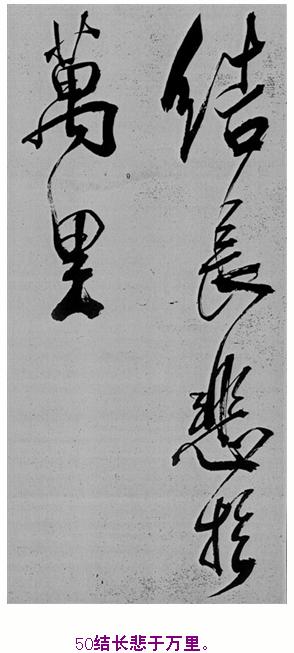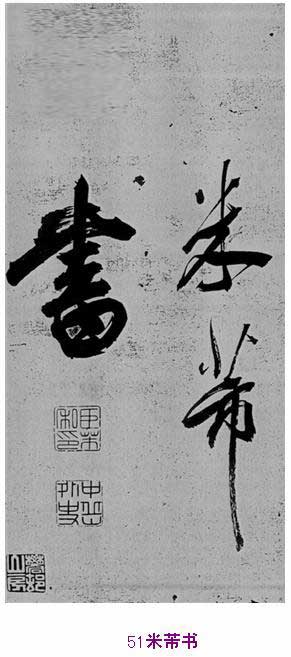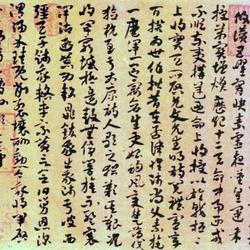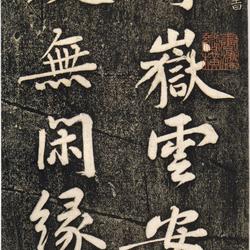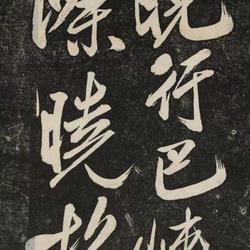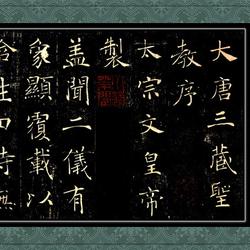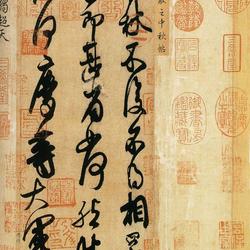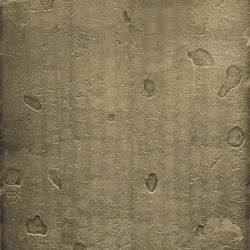Mi Fu Shu Bao Zhao's "Dancing Crane Ode" is the pinnacle of the work and is free and unrestrained
Mi Fu (1051~1107) was a calligrapher, painter and theorist of calligraphy and painting in the Northern Song Dynasty. His first name was Fu, later changed to Fu, with the character Yuanzhang, and his names include Lumen Jushi, Xiangyang Manshi, Haiyue, Minangong, Xiangyang Jushi, Haiyueshanren, etc. His ancestral home is Wuwei County, Anhui Province. He later moved to Xiangyang, Hubei Province and lived in Runzhou (now Zhenjiang, Jiangsu Province) for a long time. He once served as school secretary, doctor of calligraphy and painting, and wailang of the Ministry of Etiquette. He is suave and unruly, and is known as Midian in the world. When he was promoted to Wai Lang, a member of the Ministry of Rites, he advised impeachment and was dismissed from the Huaiyang Army. He died in Huaiyang in the following year.
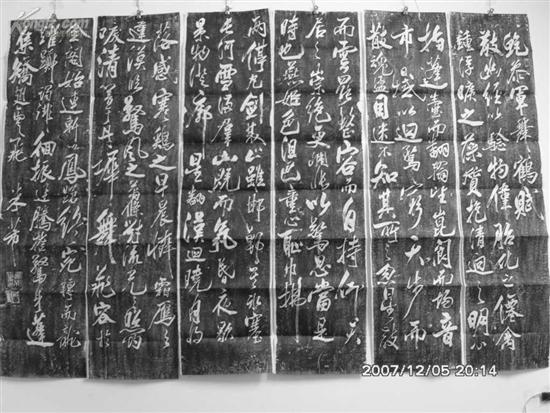
Mi Fu, who was awarded a doctorate in calligraphy and painting by Emperor Huizong, was known as "Mi Nanguan". Because of his weird personality and crazy behavior, he called him "brother" when he met a stone and worshiped him endlessly, so he was called "Midian". Mi Fu is good at poetry and prose, is good at calligraphy and painting, and is a calligrapher, painter, connoisseur, and collector. He is one of the "Four Calligraphers of the Song Dynasty" (Su, Mi, Huang, and Cai) and is second to none. His calligraphy style is casual and unrestrained, but also strict with the law. "History of the Song Dynasty·Wenyuan Biography" says: "Fu Te is more wonderful than calligraphy, calm and flying, and captures Wang Xian's brushstrokes."
Mi Fu's calligraphy strokes are fast and vigorous, and he does his best with all his heart and soul. In the process of writing, he changes with the circumstances and shows his unique ingenuity. Mi Fu's calligraphy works are characterized by joyful, dynamic, dynamic, vigorous and fresh. The characteristic of Mi Fu's brushwork is that he is good at forming an elegant and super-stepping momentum and a calm and joyful style from the front, side, back, turning, and frustration. There are often sideways postures in Mi Fu's calligraphy. When you want to go left, you go right, and when you want to raise, you suppress it. This is all to increase the grace of jumping and flying, and is based on decades of solid foundation of ancient calligraphy. Therefore, Out of innocence and naturalness, never artificial.
Mi Fu was good at calligraphy in various calligraphy styles. He admired the ancient people of Jin Dynasty, and his calligraphy was deeply influenced by Wang Xian's writing style. Strong and dignified, there is a graceful and graceful attitude. Su Shi said that he had reached the level of spirituality. Most of his books are written in cursive script, but they are all written in regular script, so he is meticulous in writing. Everywhere you paint, there is deep meaning. He is good at copying ancient calligraphy to the point of imitating the authenticity. He first studied under a certain scholar at that time, and later studied under Ouyang Xun and Liu Gongquan. His calligraphy was tightly knotted and his strokes were straight and vigorous. He then turned to Wang Xizhi and Wang Xianzhi, where his posture expanded and his strokes were thick and vigorous. He called himself a "brush calligrapher", and was the same as Su Shi and others. Huang Tingjian and Cai Xiang are both known as the four major calligraphers of the Song Dynasty.
The pinnacle of Mi Fu's calligraphy, "Ode to the Dancing Crane", was written by Mi Fu to Emperor Zhao Ji. It was originally stored in the Song Dynasty royal family and later in the Yuan Palace. Yuan Wenzong appointed the famous calligrapher and painter Ke Jiusi as the "Kui Zhang Pavilion" calligraphy doctor to appraise calligraphy and painting. Ke commented on "Wu Crane Ode" as "unprecedented and unparalleled".
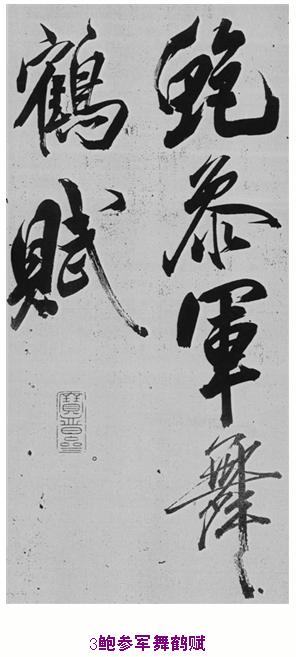
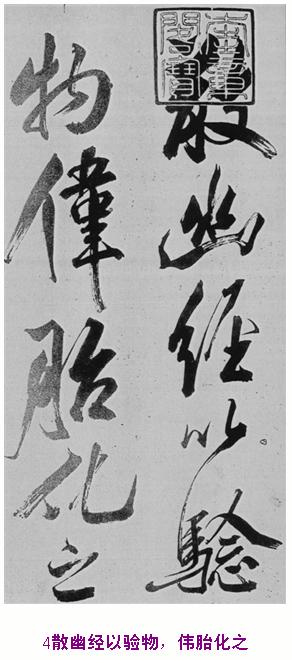
"Ode to Dancing Cranes" is the pinnacle of Mi Fu's art when he was 56 years old. It is a treasure that has been lost to the world. Domestic experts on Mi Fu's research have conducted investigations and found that no one knows about "Ode to Dancing Cranes"; the discovery of this work , is no less shocking than the discovery of underground cultural relics in China; it is a major event in the Chinese calligraphy circle and will rewrite Mi Fu's art history.
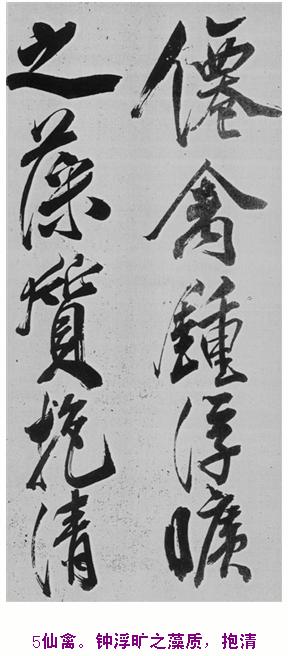
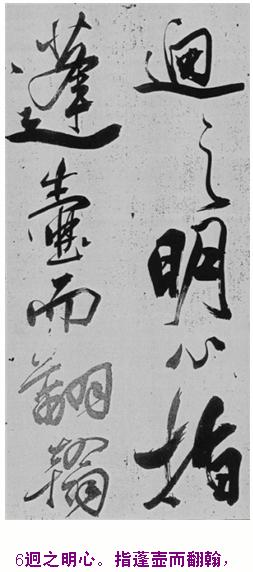
Bao Zhao, the original author of the article "Wu Crane Ode", was a writer during the Five Dynasties period. His works are passionate and touching. "Ode to the Dancing Crane" is one of his masterpieces handed down from generation to generation, and it is the best article describing cranes since ancient times. In Chinese culture, the crane is a symbol of good luck, health and longevity, freedom and nobility.
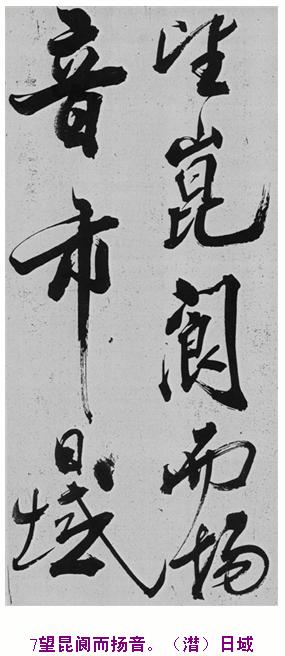
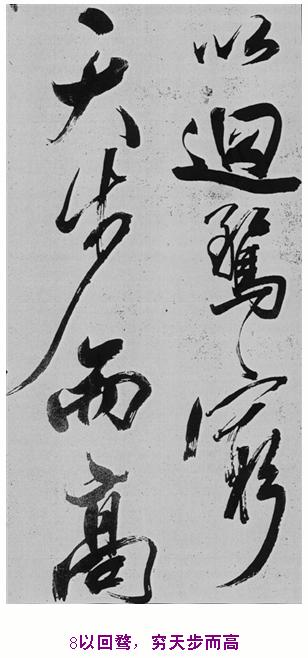
"Ode to Dancing Crane" original text·Bao Zhao
Scatter the secluded sutras to examine things, and turn them into immortal birds. The algae blooming in the sky hold a clear and clear mind. Point to the pot and turn the Han, look at Kunlang and raise the sound. In order to return to the realm of the sun, I have to go high to find the sky. The Jian Shen area is far away, and there are many places where people can gather their spirits and worship them. The essence contains elixirs and stars are shining, and the top is purple and smoky. The leader's voice is delicate and graceful, and the toes are repaired like a thorn. The frost hairs are stacked to create shadows, and the jade feathers are vibrating to create clouds. Play in Zhitian in the morning and drink in Yaochi in the evening. I am tired of rivers and seas, so I swim in the swamps, and I see the restraints under the clouds. Go away from the tranquility of the imperial hometown and return to the noisy and humble world. The years are prosperous, but the twilight is sad, and the heart is melancholy and sad to leave.
So the poverty kills the festival, and the anxious scene withers the year. The sand shakes the fields and the wind shakes the sky. The mist is severe and bitter, and the spring is bright and sad. Long rivers are clogged with ice and mountains are covered with snow. Now the atmosphere is dim and the night is resting, and the scenery is clear. The stars are turning back to Han Dynasty, and the dawn moon is about to set. In the morning when the chicken feels the cold, I feel pity for the frosty wild goose. The depression in the face of the storm is the scorching light in the stream of light. The sound of chirping echoes in Danqi, and the dance flies in the Golden Pavilion. At the beginning, Lian Xuan was staggering like a phoenix, and at the end, he was dancing like a dragon. Wandering around, vibrating quickly and destroying. The body is frightened, and the snow is flying. Leaving the outline and leaving, we are dependent on each other. The rise will be suspended, if you go and return. Sada is cautious, delaying the sunset. Yihe followed, Ao Zhu took the lead. It means flying according to the rules, and walking step by step at the base of Qi. There is a lingering beauty in the posture, and the appearance is endlessly interesting. Benji teases knots, and angles reveal fractals. The sound is long and slow, and the wings are flying together. The light traces are messy and the floating shadows are intertwined. There are many changes and shapes, and they are dense and dense. The smoke and mist are condensed, as if there is no hair. When the wind goes away and the rain comes back, we can’t talk about it. The soul is scattered and the eyes are wandering, and I am confused and don't know where I am. Suddenly the stars left and the clouds stopped, I straightened my appearance and maintained myself. Looking up to the sky, I am so admirable that I feel even more melancholy and startled.
At that time, Yan Ji looked depressed and Ba Tong felt ashamed. The hand towel is stopped twice, and the pill sword is stopped twice. Although he dares to do it in Handan, he can't imitate it. When he entered the Wei Kingdom, he took advantage of the palace, and when he left the capital of Wu, he conquered the city. To be tame and tame for thousands of years, and to be sad for thousands of miles.
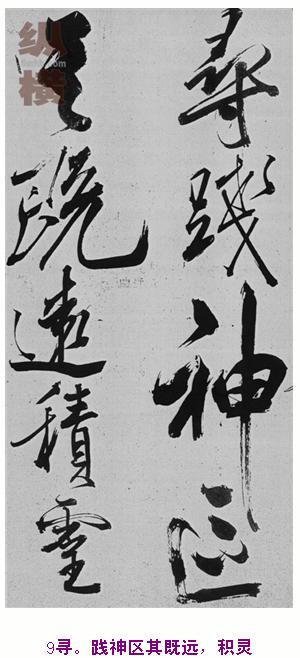
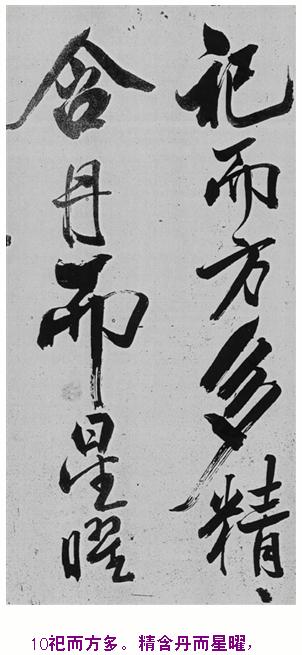
Mi Fu's calligraphy has been admired by later generations since the Song Dynasty. His calligraphy is called "brush calligraphy", which means that his writing method is different from that of his predecessors. Mi Fu studied calligraphy most deeply throughout his life, and his greatest achievement was running script. Although the paintings have not been handed down to the world, many calligraphy works have survived. Among the famous calligraphies since the Southern Song Dynasty, most of them are engraved with his calligraphy. They are widely circulated and have far-reaching influence. Among the "four major calligraphers of the Northern Song Dynasty", they are second to none. Kang Youwei once said: "The structure of Tang language is higher than the interest of Song Dynasty." This means that the calligraphers of the Song Dynasty paid attention to interest and individuality, and Mi Fu was particularly outstanding in this aspect and was an outstanding representative of the four great masters of the Northern Song Dynasty.
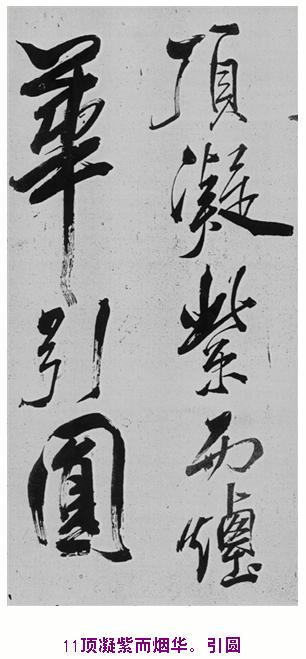
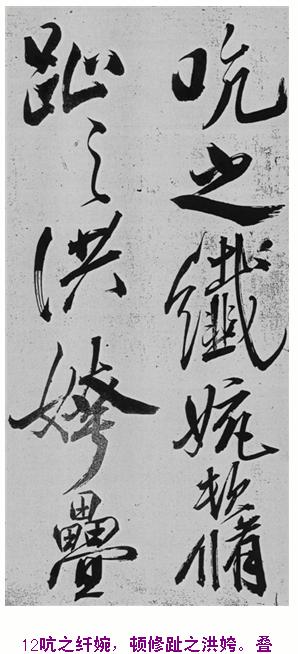
Mi Fu studied calligraphy the most and made the greatest achievements in his life. Mi Fu claims that his works are "collections of ancient characters", and he has a deep understanding of the ancient masters' brushwork, composition and charm. This also shows to a certain extent that Mi Fu has put a lot of effort into the tradition of studying calligraphy. Mi Fu was not involved in the political whirlpool and lived a relatively stable life. Later, he became a doctor of calligraphy and painting. He had a thorough understanding of the imperial collection of books, and was familiar with thousands of stories. When he was young, he studied hard Tang Kai scripts such as Yan, Liu, Ou and Chu, and gained solid basic skills. When Su Shi was demoted to Huangzhou, he went to visit him for advice, and Dongpo persuaded him to learn from Jin. Beginning in the fifth year of Yuanfeng (1082), Mi Fu devoted himself to the Wei and Jin Dynasties. Taking the calligraphy style of the Jin people as his guide, he searched for many Jin people's Dharma texts, and even named his study "Baojin Zhai". The "Mid-Autumn Tie" written by Wang Xianzhi today is said to be his copy, and it is extremely exquisite in form and spirit.
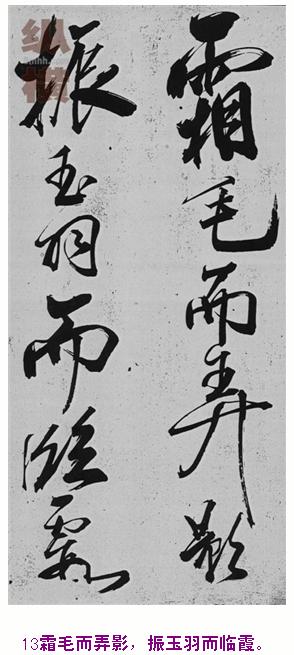
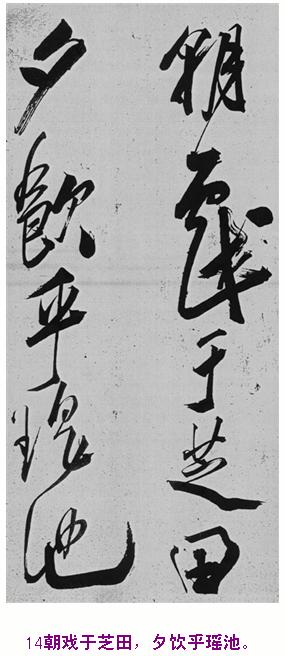
The emperor asked about calligraphy, and Mi Fu claimed that he was a "brush calligrapher". He was modest in appearance but focused on the essentials. "Brush calligraphy" showed that he used the pen quickly and vigorously, and he used his pen to the best of his ability. His calligraphy works, ranging from poems and calligraphy to small rulers, inscriptions and postscripts, are all characterized by joyful, dynamic, dynamic, vigorous and fresh. Judging from the nearly 60 existing handwritings of Mi Fu, the word "brush" vividly expresses the spirit of the word rice. No wonder Su Dongpo said: "The calligraphy of Mi Fu is so fascinating." He also said, "Hai Yue's life is beautiful." Seal script, official script, Zhen script, Xing script, cursive script, and wind-strung calligraphy. Calm and joyful, one should be at the same level as King Zhong. It is more than worthy of it." Mi Fu's calligraphy had a profound influence, especially in the late Ming Dynasty, when there were many scholars, such as Wen Zhengming, Celebrities such as Zhu Yunming, Chen Chun, Xu Wei, Wang Juesi, and Fu Shan all took a "Heart Sutra" from rice seeds, and this influence continues to this day. Mi Fu's "On Cursive Calligraphy" In addition to his extremely high level of calligraphy, Mi Fu also has many calligraphy commentaries. He is the author of "Book History", "Haiyue Quotations", "Baozhang Waiting for Visits", "Comments on Calligraphy", etc. Showing his outstanding courage and sophisticated appreciation, he often ridiculed his predecessors, but he never followed the ancient sayings. He was valued by calligraphers of the past dynasties. However, he also went too far, criticizing Yan Liu and belittling Xu Su. Harsh and critical.
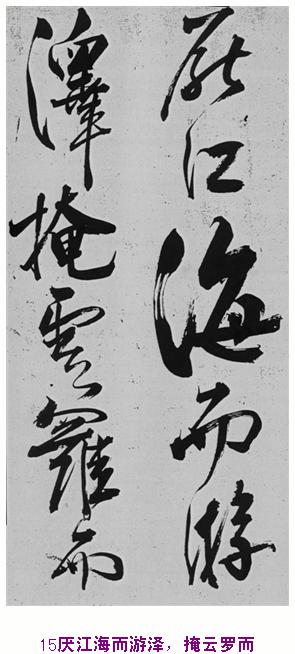
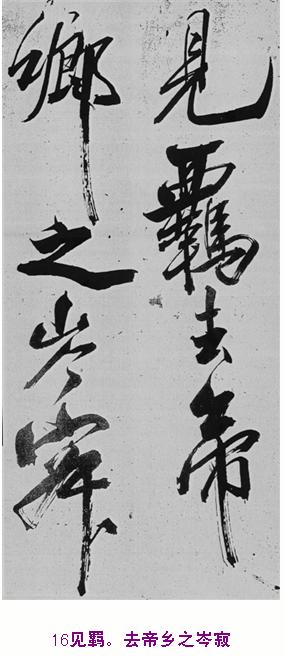
Mi Fu has his unique understanding of the distribution, structure and use of calligraphy. It is required to be "stable but not vulgar, dangerous but not strange, old but not dry, moist but not fat", which is probably what Jiang Kui wrote about "nothing droops, no shrinking, no direction, no gain". That is to say, it is required to achieve unity in the change, to integrate the opposite factors such as wrapping and hiding, fatness and thinness, sparseness and density, simplicity and complexity, that is, "the bones, muscles, skin and flesh, fat, luster, wind and spirit are all complete, just like a good scholar." . In terms of composition, we pay attention to the overall charm, take into account the perfection of details, and have a well-thought-out approach. During the writing process, we change according to the situation and show unique ingenuity. The characteristic of Mi Fu's brushwork is that he is good at forming an elegant and super-stepping momentum and a calm and joyful style from the front, side, back, turning, and frustration. The strokes of characters tend to be quite heavy at the beginning and slightly lighter in the middle. When encountering a turning point, the strokes of the strokes will turn straight down. There are also many changes in the strokes. Sometimes the focus of the stroke is on the starting point, sometimes on the finishing point, and sometimes it is in the middle of the stroke. For longer horizontal strokes, there are twists and turns. The hook is also distinctive.
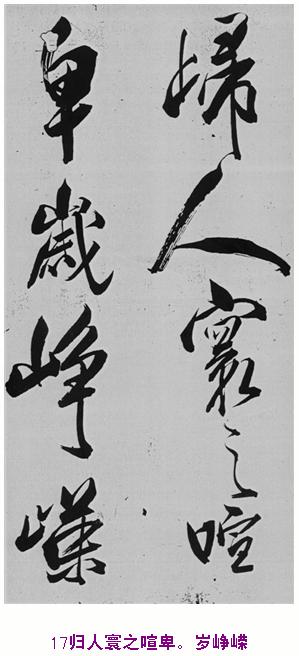
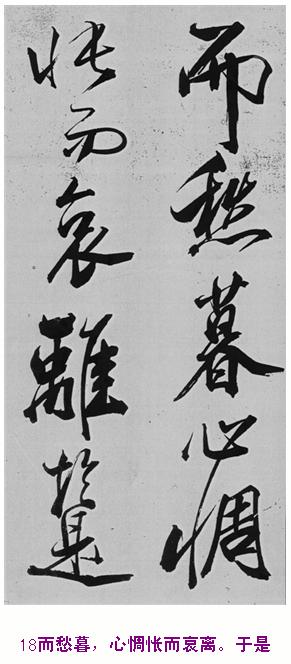
Mi Fu's calligraphy often includes sideways postures. He wants to go left before right, and when he wants to raise, he suppresses it. All of these are to increase the grace of jumping and flying, and based on decades of solid foundation of ancient calligraphy. Therefore, it is innocent and natural, never artificial. Those who learn Mifu, even if they are close to water and towers, will still be "hard and crazy". Since the Song and Yuan Dynasties, the discussion of Mi Fu's calligraphy can be roughly divided into two attitudes: one is praising but not disparaging, and highly praised; the other is both praising and disparaging, with mostly praise elements. Those who hold the first attitude can be represented by Su Shi.
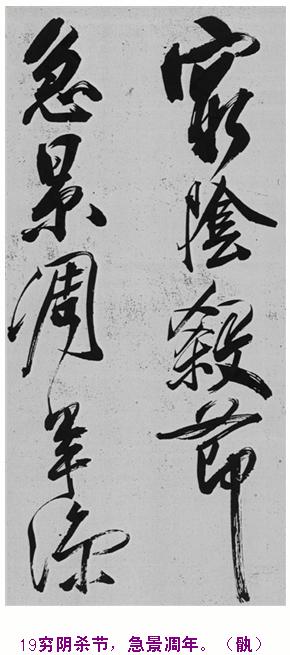
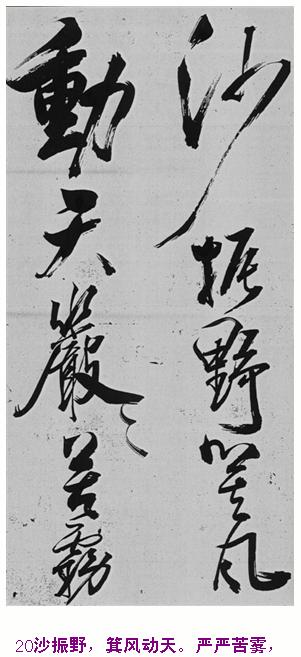
Mi Fu studied under many teachers throughout his life, and he also said this in his "Autobiography" written in his later years: "I first learned to write on the wall when I was seven or eight years old. The characters were so big that I couldn't write them on the bamboo slips. I admired Liu when he saw them. The tight knot is to learn from Liu's "Diamond Sutra". After a long time, I know that it comes from Europe, so I learn from Europe. Over time, it is like arranging the layout on a printing plate. I admire Chu for the longest time, and I also pay attention to the turns and turns of the paragraphs and seasons, and everything is complete. Over time, it is like a printing plate. , Jue Duan Quanze exhibited "Orchid Pavilion", and then reviewed the post. After entering the Jin and Wei Dynasties, he abandoned Zhong Fang and studied with Yigong, which is also the "Liu Kuan Stele". Zhuan then loved "Cui Chu" and "Shigu Wen". He also understood the bamboo slips. The lacquer is painted with bamboo, and the inscription on the tripod is wonderful and ancient." Mi Fu is famous for his calligraphy. His achievements are entirely due to the hard work he acquired. Mi Fu visits the pond every day. Historical records record: "If you don't write for a day, you will feel sleepy. Astringent, I think that the ancients never used up their books for a moment." "When Zhi Yong's inkstone turns into a mortar, he can reach Youjun (Wang Xizhi); if he penetrates the beginning to Zhong (Yao) and Suo (Jing), he can always encourage him." His son Mi Youren said that he did not forget to write even on the first day of the Lunar New Year. (According to Sun Zubai's "Mi Fu Mi Youren"). Mi Fu was very conscientious in writing. He said: "She wrote "Hai Dai Shi" three or four times, with one or two good words in between. It is also difficult to write letters" (Mi Xiangyang Foreign Notes by Fan Mingtai of the Ming Dynasty). After writing a poem three or four times, I am still satisfied with only one or two words. The joys and sorrows involved are beyond the reach of an expert, which also shows the rigor of his creative attitude.
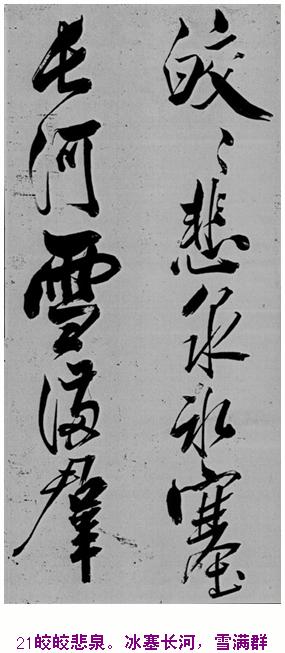
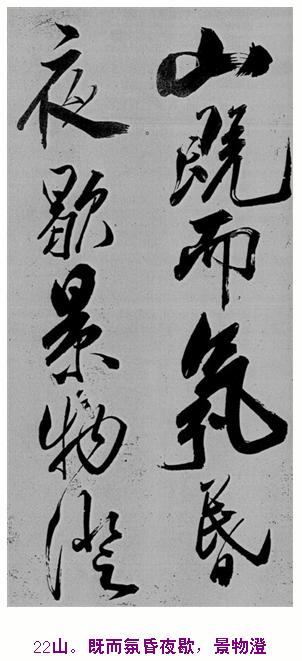
Mi Fu's calligraphy ranks among the four calligraphers of the Song Dynasty, after Su Dongpo and Huang Tingjian, and before Cai Xiang. However, regardless of Su Dongpo's status as a literary sect and Huang Tingjian's influence as the leader of the Jiangxi Poetry School, as far as calligraphy is concerned, Mi Fu has the most profound traditional skills, especially running script, which is superior to the two. Dong Qichang of the Ming Dynasty said in his "Essays on Painting a Zen Room": "When I tried to comment on the word rice, I thought that the Song Dynasty was the best, after all, it was on the east slope. That is to say, the calligraphy of Mi Dian was more self-satisfied, but it changed in his later years, and it was as cold as water. strange."
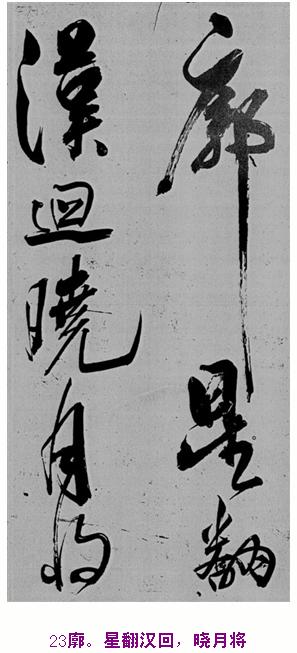
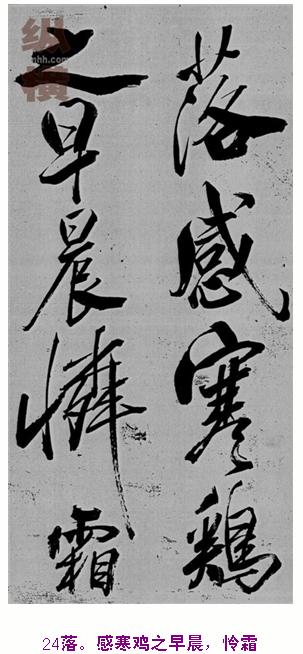
Mi Fu is famous for his calligraphy and is one of the four masters of calligraphy in the Northern Song Dynasty. In terms of calligraphy, he is undoubtedly the first. His achievements come entirely from hard work. When he was thirty years old, he was an official in Changsha and saw the stele of Yuelu Temple. The following year, he went to Lushan to visit the stele of Donglin Temple and inscribed his name on both. In the second year of Yuanyou, six paintings by Zhang Xuan, two paintings by Xu Haoshu and Shi Yigeng were exchanged for Li Yong's "Duore Yao Gefen Tie". Proof of his calligraphy, the inscriptions on the cliffs of Longyinyan in Lingui at the age of 24 are a bit impressive, but there is no trace of his own style; the inscriptions and postscripts of "Buchao Tu" at the age of 30 also make people feel that his talent is inferior to his academic ability. . Mr. Mi is cunning, and it is reasonable to boast occasionally. As the predecessors said, "set high standards for yourself." Mi Fu's self-descriptions of his studies were often somewhat mysterious. For example, he told the emperor that "I have been learning about appearance since I was a child." However, Mi Fu's success comes entirely from hard work and hard work, and there is no trickery at all. Mi Fu visits the pond every day and cites two historical materials as evidence: "If you don't read for a day, you will feel dull, thinking that the ancients never used up their books even for a moment." Ye." "Zhi Yong's inkstone can be turned into a mortar, and it can reach Youjun (Wang Xizhi). If it penetrates Zhong (Yao) and Suo (Jing) Ye, it can be encouraged forever." His son Mi Youren said that he even reached New Year's Eve. I didn’t forget to write in the first grade of junior high school. (According to Sun Zubai's "Mi Fu Mi Youren"). Mi Fu was rich in collecting, and when he went on official trips, he would often follow them wherever he went, writing a large banner on the boat "Mi Family Painting and Calligraphy Boat".
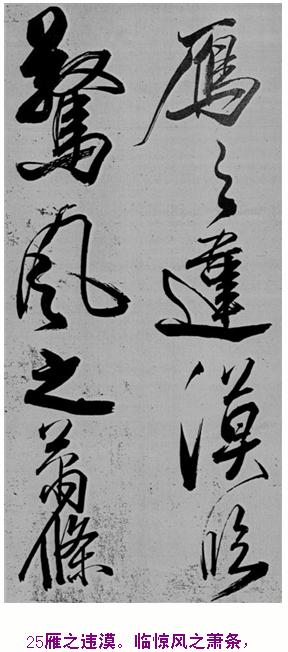
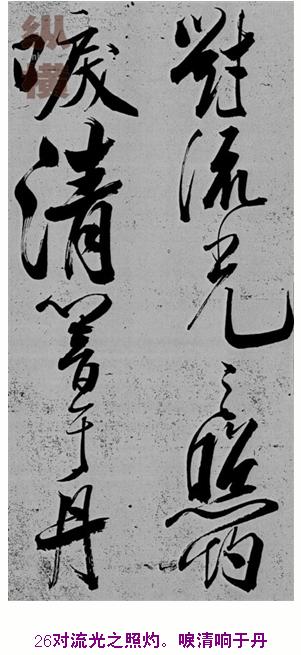
Mi Fu is good at painting dead wood, bamboo and stone, especially ink and wash landscapes. The dots in calligraphy are used in the painting, and large strokes of ink are used to express the Jiangnan landscape in the changing smoke, clouds, wind and rain. It is known as Mishi Yunshan or Mijia Mountain, which is both poetic and creative. Mi Fu's calligraphy ink that has been handed down from generation to generation includes "A Condolence to the Queen Mother", "Shu Su Tie", "Tiaoxi Poetry Tie", "Worship to Zhongyue Ming Tie", "Hongxian Poetry Scroll", "Nine Cursive Tie", "Duojinglou" "Poetry" and so on, but no paintings have been handed down from generation to generation. His "Shanlin Collection " has been lost. His theories on calligraphy and painting can be found in his books such as "History of Calligraphy", "History of Painting", and "Records of Baozhang Waiting for Visits". Mi Fu's handed down ink writings mainly include " Tiaoxi Poetry Scroll", "Shu Su Tie", "Fangyuan An Ji", "Tianma Fu", etc., and there are especially many short pieces of Hanzha. Mi Fu was good at ink landscapes and was known as "Mi's Cloud Mountain ", but the traces of Mi Fu's paintings do not exist in the world. But the only thing that can be seen so far is hardly a true "rice painting", "Coral Pen Stand Picture", which depicts a coral pen stand with the word "Golden Sitting" written on the left. Then add rice dots and inscriptions, and the Mijia landscape will emerge. Mi Fu used paintings instead of pens, which is quite interesting.
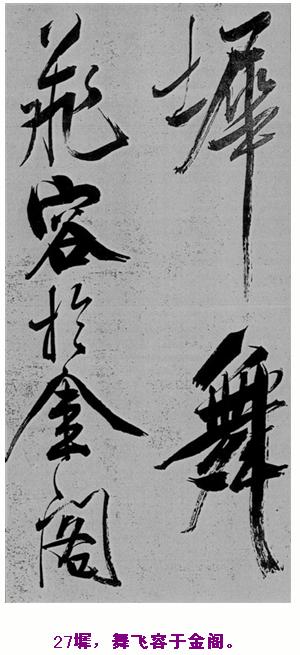
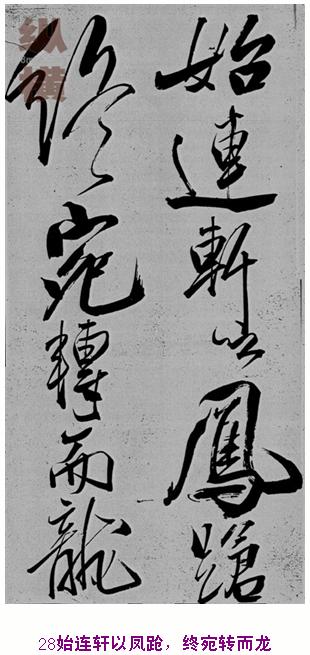
Mi Fu loved reading poetry and books since he was a child. He received a good education since he was a child, and he was talented and intelligent. He could recite a hundred poems at the age of six, learn calligraphy at the age of eight , and copy inscriptions at the age of ten, which earned him a small reputation. When he was eighteen years old, Emperor Shenzong of the Song Dynasty succeeded to the throne. Because he did not forget the old relationship between Mi Fu's mother, Yan, when she was a nurse, he gave Mi Fu the title of Secretary Provincial School Zilang, who was responsible for proofreading and correcting errors at that time. From then on, he began to embark on an official career until his death in 1107. Mi Fu's official rank was not high throughout his life, which was related to his lack of courtesy in official circles and his aloof character. Mi Fu was a man of genuine talent and learning, and was not good at flattering officials. This earned him a lot of time and energy to play with stones, appreciate inkstones, and study the art of calligraphy and painting, and his pursuit of the art of calligraphy and painting reached a state of intoxication. In the eyes of others, he is different from others, and his unconventional personality and eccentricities may be the reason. It is the cornerstone of his success. He once composed a poem by himself: "Chai Ji Yan Maozi, Mo Qing in the Mingchuang Pavilion, all his fame and fame are just a play, but he has never felt that he has lost his life." He is such a talented and arrogant person who values the art of calligraphy and painting above all else.
